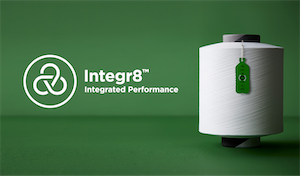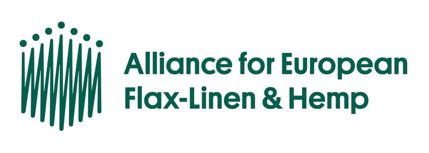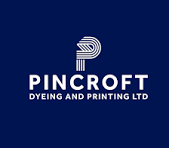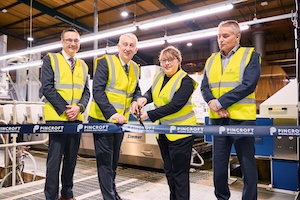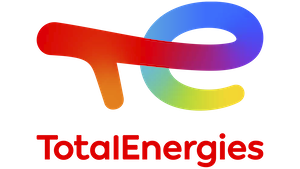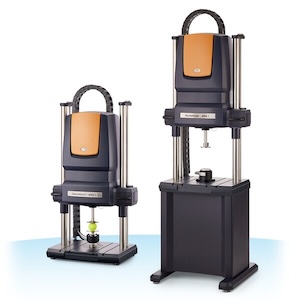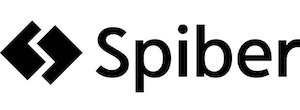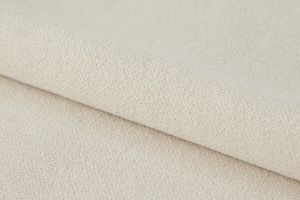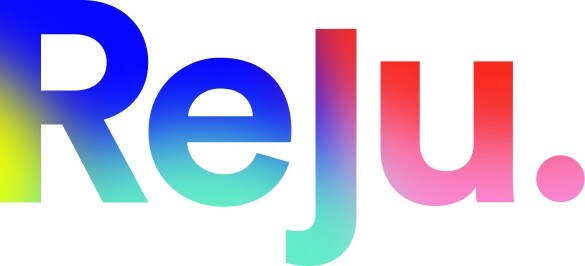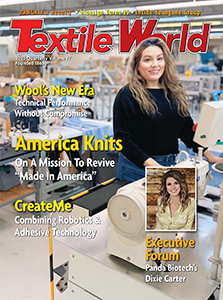 HO CHI MINH CITY, Vietnam — February 5, 2025 — At the turn of the new year, Vietnam’s textile industry is poised to celebrate a significant milestone achieved in 2024: it is likely to have overtaken Bangladesh as the world’s second-largest garment exporter, following China. With a robust lineup of Chinese exhibitors showcasing to the Vietnamese market, and sustainability high on the list of priorities, these two textile powerhouses are set to unlock new opportunities at the Vietnam International Trade Fair for Apparel, Textiles, and Textile Technologies (VIATT), taking place from 26 – 28 February 2025.
HO CHI MINH CITY, Vietnam — February 5, 2025 — At the turn of the new year, Vietnam’s textile industry is poised to celebrate a significant milestone achieved in 2024: it is likely to have overtaken Bangladesh as the world’s second-largest garment exporter, following China. With a robust lineup of Chinese exhibitors showcasing to the Vietnamese market, and sustainability high on the list of priorities, these two textile powerhouses are set to unlock new opportunities at the Vietnam International Trade Fair for Apparel, Textiles, and Textile Technologies (VIATT), taking place from 26 – 28 February 2025.
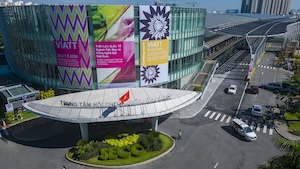 Chinese manufacturers are increasingly seeking strategic investment opportunities in Vietnam, a key beneficiary of the China Plus One strategy. In October 2024, the two countries signed 10 agreements to enhance cooperation, ranging from an action plan for mutual recognition between customs agencies to cross-border QR code payments. To take advantage of the expanding market, in addition to other international exhibitors VIATT will welcome leading Chinese suppliers from the entire textile value chain. Highlighted exhibitors include:
Chinese manufacturers are increasingly seeking strategic investment opportunities in Vietnam, a key beneficiary of the China Plus One strategy. In October 2024, the two countries signed 10 agreements to enhance cooperation, ranging from an action plan for mutual recognition between customs agencies to cross-border QR code payments. To take advantage of the expanding market, in addition to other international exhibitors VIATT will welcome leading Chinese suppliers from the entire textile value chain. Highlighted exhibitors include:
Apparel fabrics, yarns & fibres and garments
- Supertex Int’l Jiangyin Jiaxiang Trading: for over 20 years, the company has been a leader in providing vertical fashion supply chain services to top fashion brands, as well as fabric development services for designers. Its all-in-one digital system also supports functions such as visitor registration, intelligent workshops, virtual fitting, and online ordering.
- Tenglong Textile: Tenglong specialises in a wide range of products manufactured in Vietnam, including pongee, stretch fabric, oxford cloth, and other polyester based chemical fibre fabrics, catering to various applications including jackets, outdoor gear, and travel bags.
Also aiming to leverage Vietnam’s strong apparel textile sector, other notable suppliers in this category include Foshan Shi Recoton Textile, Heng Li String and Braid (Shanghai), Idole Trading, and Zhangjiagang VCARE Textile.
Home & contract textiles
- Shanghai Donglong Hometextile Products: part of the Donglong Group, the company excels in producing down materials and home textiles, with a strong global presence, particularly in Europe, Japan and the US.
- Jiangsu Etex Textile Corp: Etex focuses on high-end home textiles, its main products including kitchen towels and bathroom home textiles. With annual production capacity of towels of 2,000 tons, the manufacturer also holds multiple international certifications, including OEKO-TEX®, GOTS, BSCI and ISO.
- Frontever Home Vietnam Company: a leading home textile exporter, the company has established itself as a top supplier of Walmart, Amazon, Disney, Aldi, Auchan, and Carrefour, with numerous end consumers worldwide using its products. Its Vietnam office, established in 2013, has strengthened its supply network in Southeast Asia.
- Nanjing Heniemo Home Textiles: Heniemo currently has a factory cluster of 500,000 sqm, manufacturing key products such as bedding four-piece sets, quilt multi-piece sets, curtains, blankets, pillow inserts, throw pillows, and more.
Joining the home and contract textile category at VIATT 2025 will be Changxing Dacheng Light Textile, Huzhou Yilai Textile, Muye Home Fashion Vietnam, Pearl Comfort, Zhangjiagang Coolist Life Technology, Zhejiang Guzi Textile, and Zhejiang Yong Li Warp Knitting.
Technical textiles, nonwovens, and textile technologies
- Jiangsu Yingyang Nonwoven Machinery: as the largest nonwoven machinery manufacturer in China, the company’s production lines have been installed in 77 countries, providing a complete solution for nonwovens, in categories ranging from geotextiles, hygienic products, home textiles to automotive interior materials.
- CTA Hi-Tech Textiles: CTA Hi-Tech Textiles produces multifunctional fibre-based composite materials, producing functional coated textiles such as TPU fabrics, inflatable fabrics, and TPU film, serving diverse sectors such as labour safety, automotive auxiliary, medical care, and aerospace.
In this product zone, buyers can also source from a wide range of innovative products from a variety of other Chinese suppliers, including Livite (Wuxi) High Polymer Materials, Rufong Machinery (Zhengzhou), Zhejiang Jinqian New Material, and Zhejiang Kingsafe Hygiene Materials Technology.
With sustainability a key focus for manufacturers across the entire textile value chain, the show’s inaugural Econogy Hub will serve as a dedicated zone for eco-fabrics suppliers and certifications providers, connecting Vietnamese, Chinese, and other international industry players to a range of traceable solutions.
This zone is set to feature 12 global exhibitors, including well-known testers and certifiers Cradle to Cradle Innovation Institute (Netherlands), Global Organic Textile Standard (Germany), Hohenstein (Germany), IDFL Laboratory and Institute (USA), and The Woolmark Company Pty Ltd (Australia). By prominently grouping green suppliers and service providers, VIATT will take another step towards becoming ASEAN’s sustainable, one-stop sourcing platform for the entire textile value chain.
The Vietnam International Trade Fair for Apparel, Textiles and Textile Technologies (VIATT) is organised by Messe Frankfurt (HK) Ltd and the Vietnam Trade Promotion Agency (VIETRADE). For more details on this fair, please visit www.viatt.com.vn or contact viatt@hongkong.messefrankfurt.com.
VIATT will be held from 26 – 28 February 2025.
Other upcoming shows:
- Intertextile Shanghai Apparel Fabrics – Spring Edition /
- Intertextile Shanghai Home Textiles – Spring Edition /
- Yarn Expo Spring
- March 11 – 13 — 2025, Shanghai
- Intertextile Shenzhen Apparel Fabrics /
- Yarn Expo Shenzhen
- June 11 – 13, 2025 — Shenzhen (Futian)
- Intertextile Shanghai Home Textiles – Autumn Edition
- August 20 – 22, 2025 — Shanghai
- Intertextile Shanghai Apparel Fabrics – Autumn Edition /
- Yarn Expo Autumn
- September 2 – 4, 2025 — Shanghai
- Cinte Techtextil China
- September 3 – 5, 2025 — Shanghai
Posted: February 7, 2025
Source: Messe Frankfurt (HK) Ltd
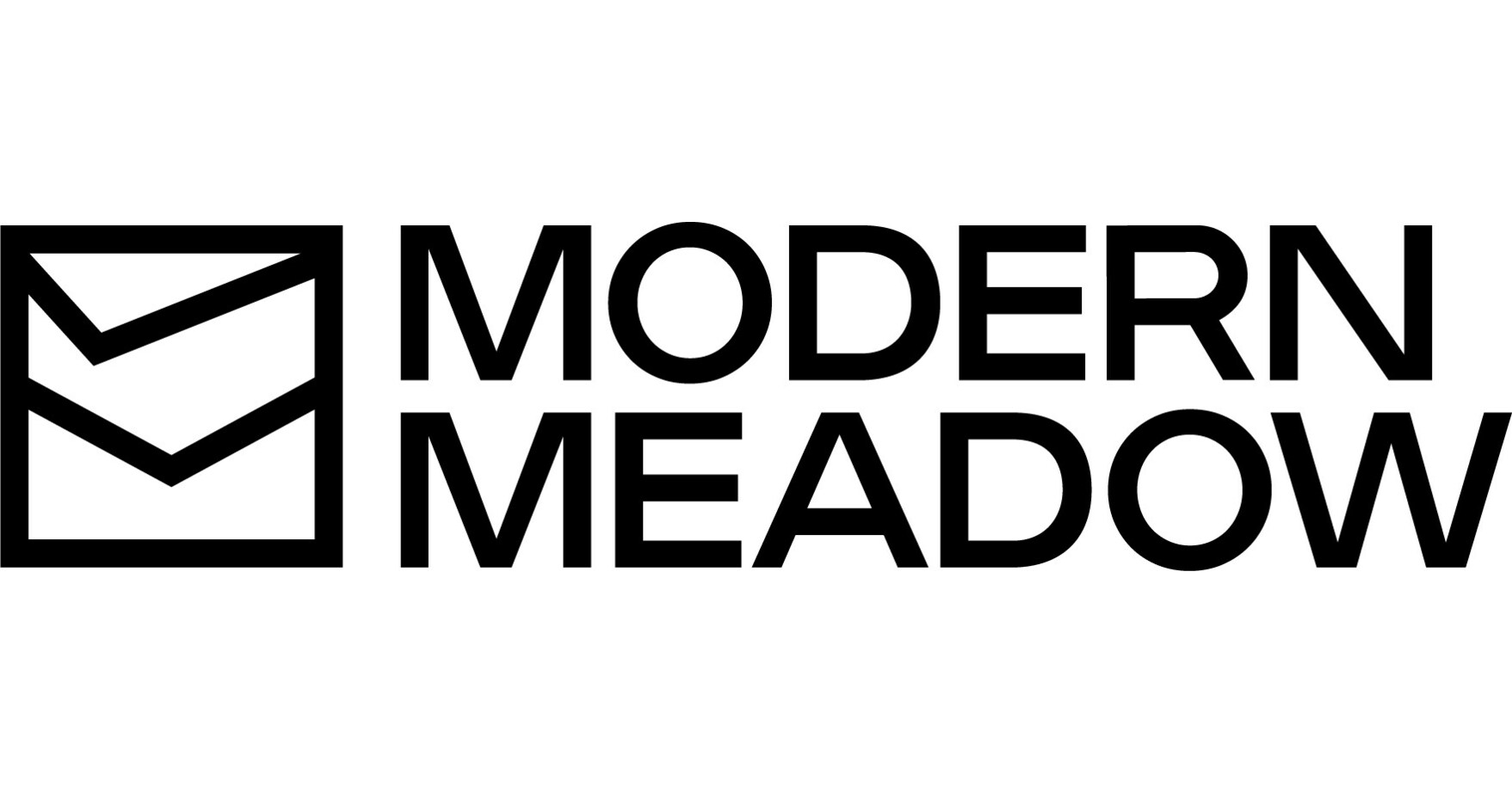 NUTLEY, N.J. — February 10, 2025 — Modern Meadow, a supplier of sustainable materials, today announced that it will be exhibiting at the Lineapelle 2025 show in the Fiera Milano Rho Center. The company will showcase its new BIO-VERA® products and colors made with more than 80% renewable carbon content. As an exhibitor in Hall 9 at Booth D02-04, Modern Meadow will display finished goods such as new models of shoulder bags, pouches, footwear and accessories. It will also feature new colors of suede swatches in camel, navy blue, taupe and forest green, as well as full grain swatches in white perforated and chestnut brown.
NUTLEY, N.J. — February 10, 2025 — Modern Meadow, a supplier of sustainable materials, today announced that it will be exhibiting at the Lineapelle 2025 show in the Fiera Milano Rho Center. The company will showcase its new BIO-VERA® products and colors made with more than 80% renewable carbon content. As an exhibitor in Hall 9 at Booth D02-04, Modern Meadow will display finished goods such as new models of shoulder bags, pouches, footwear and accessories. It will also feature new colors of suede swatches in camel, navy blue, taupe and forest green, as well as full grain swatches in white perforated and chestnut brown.

